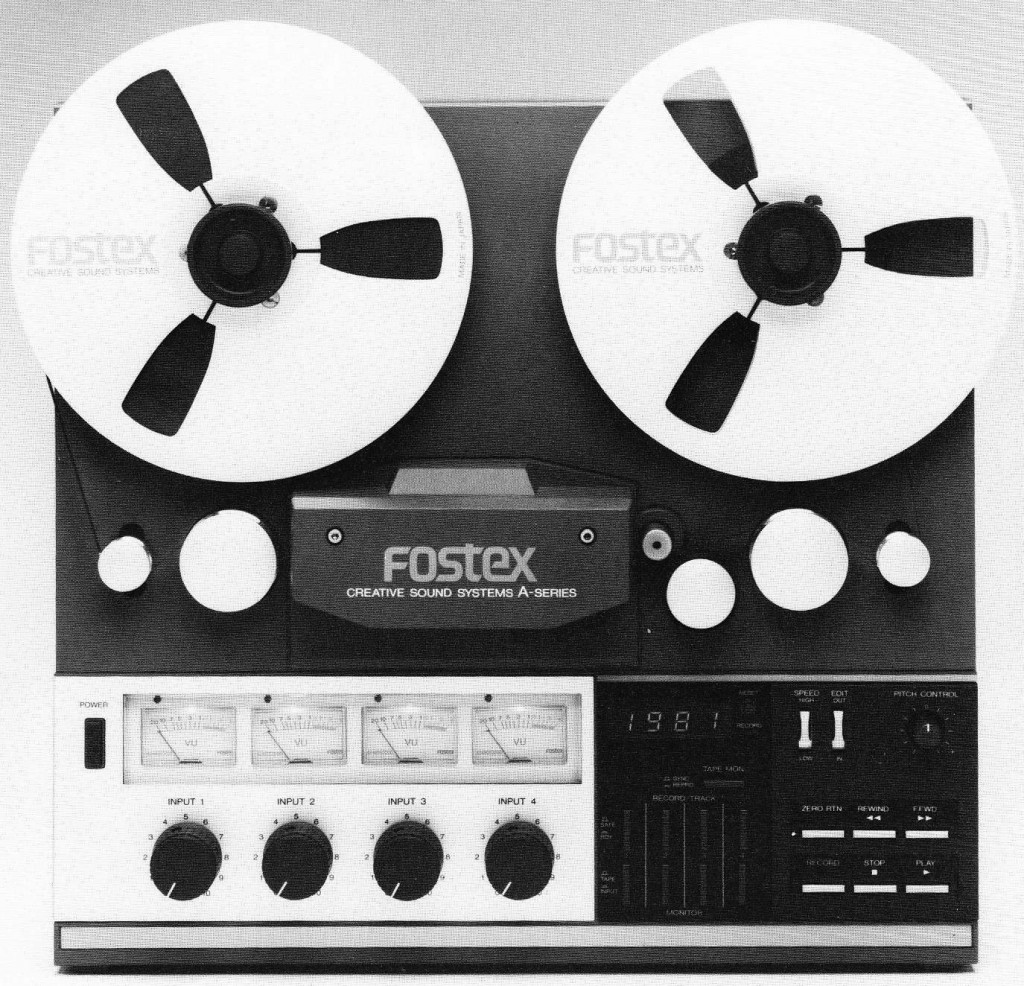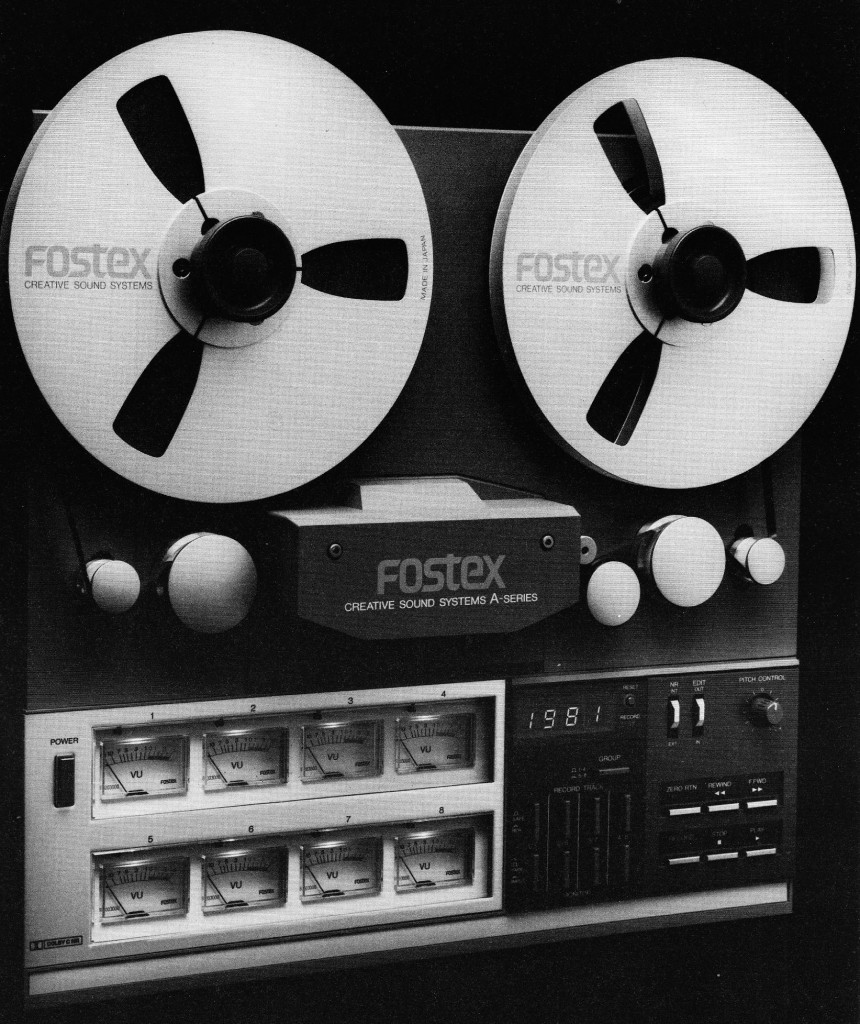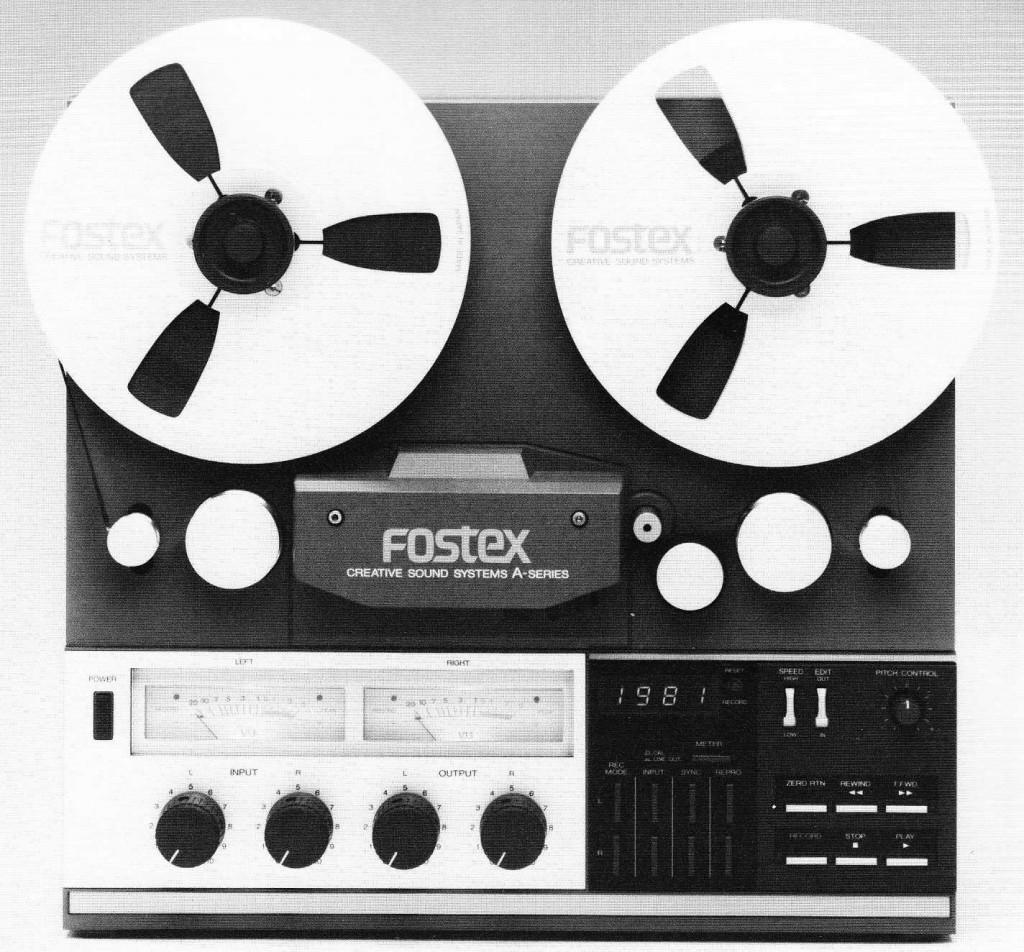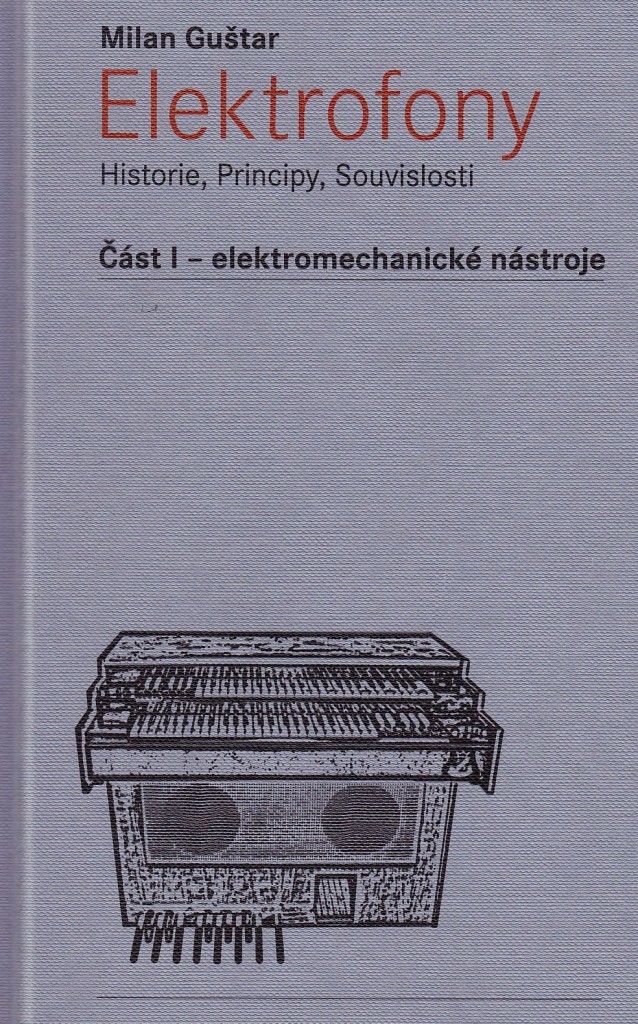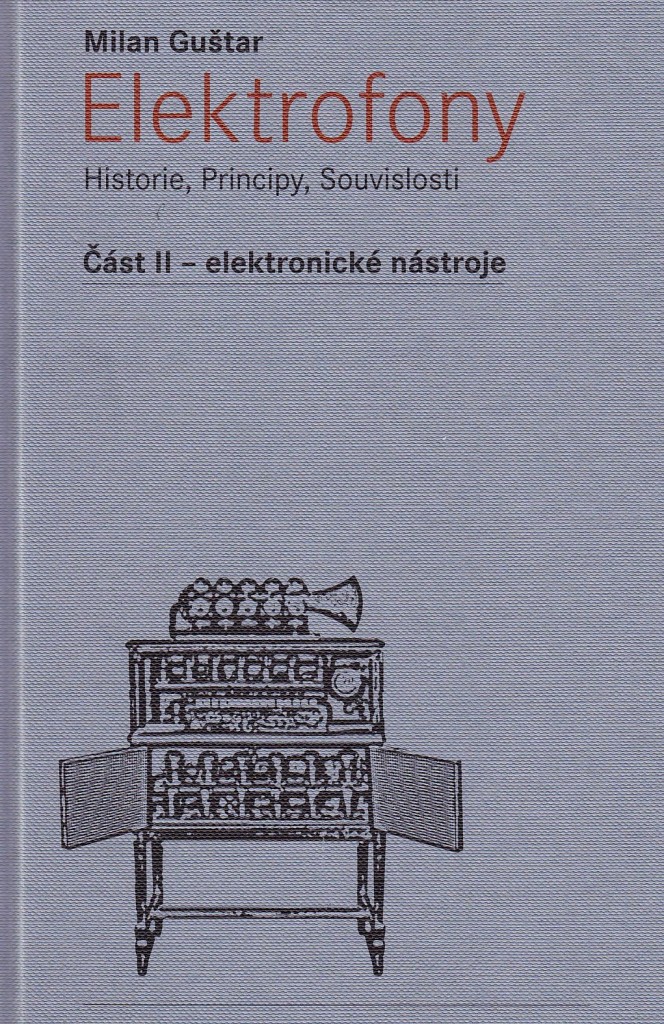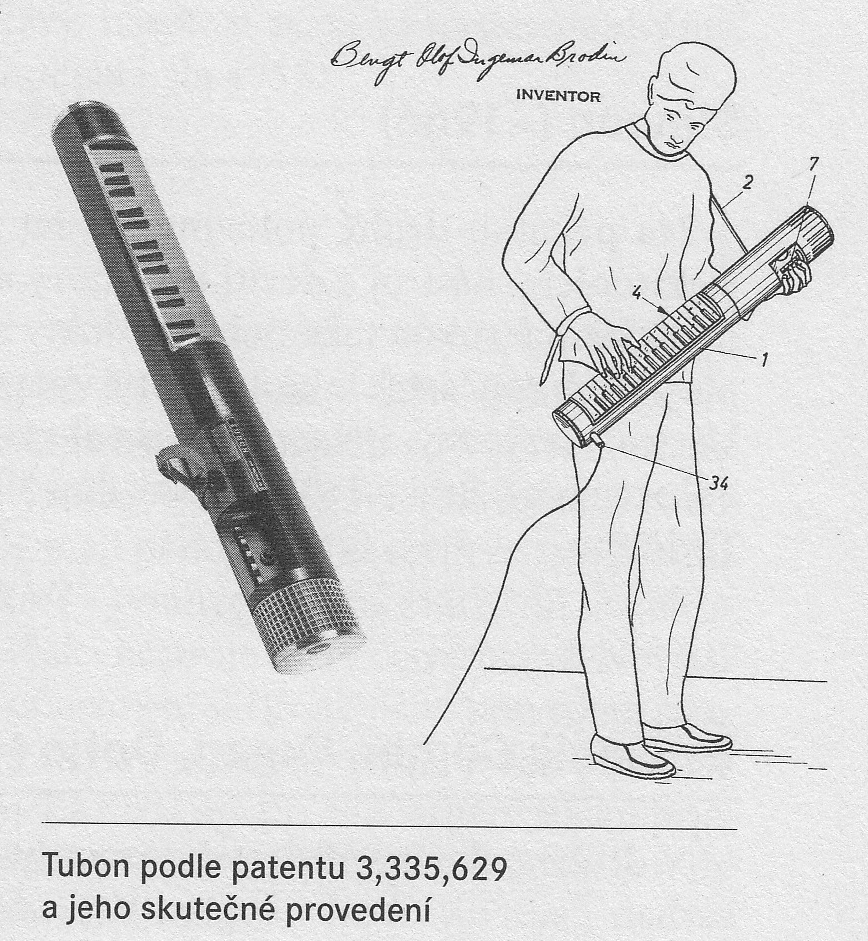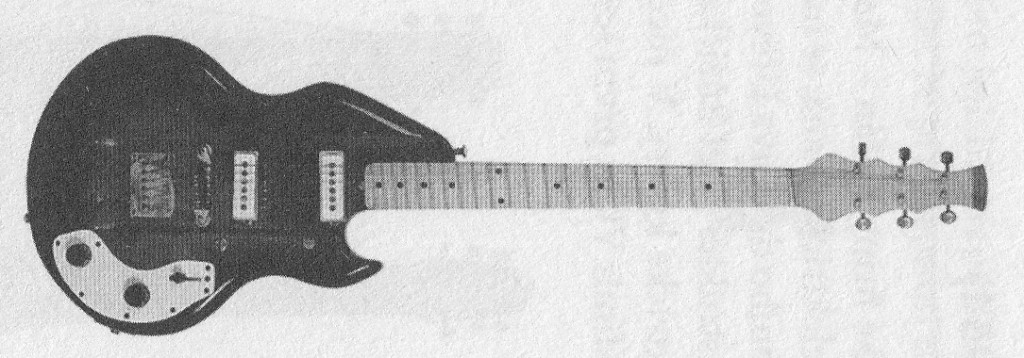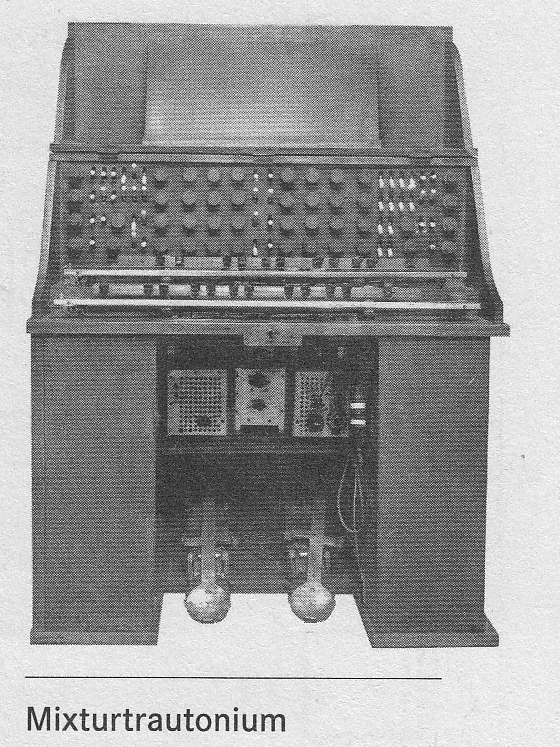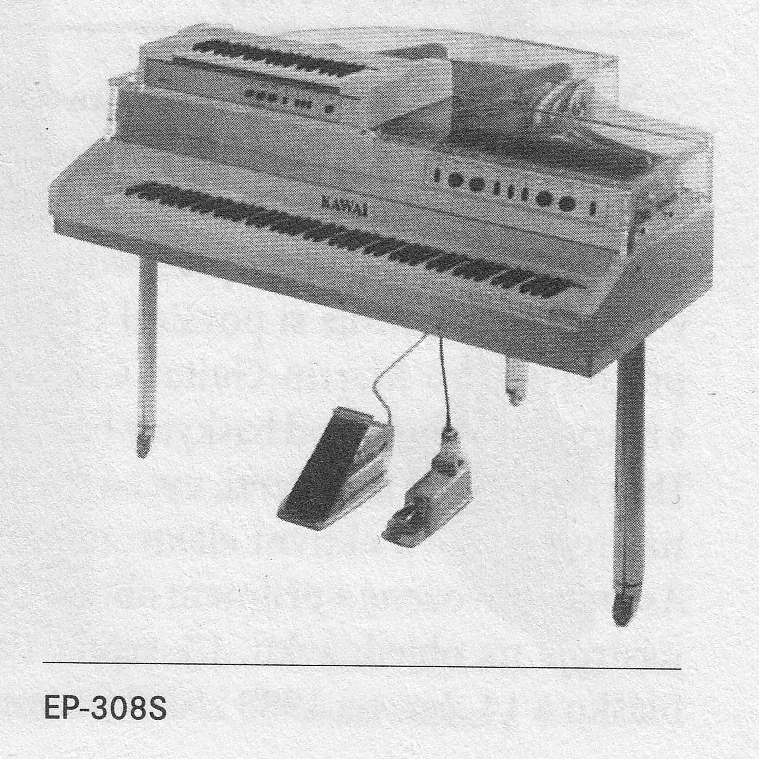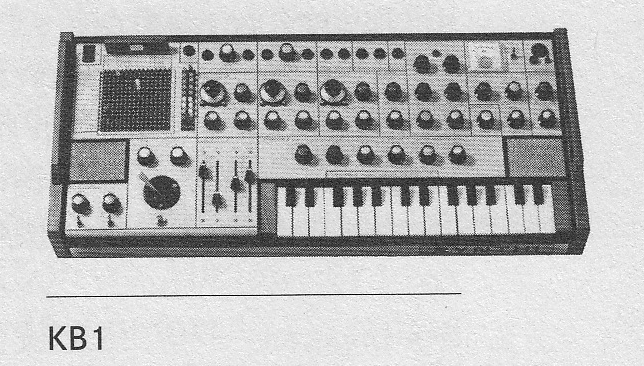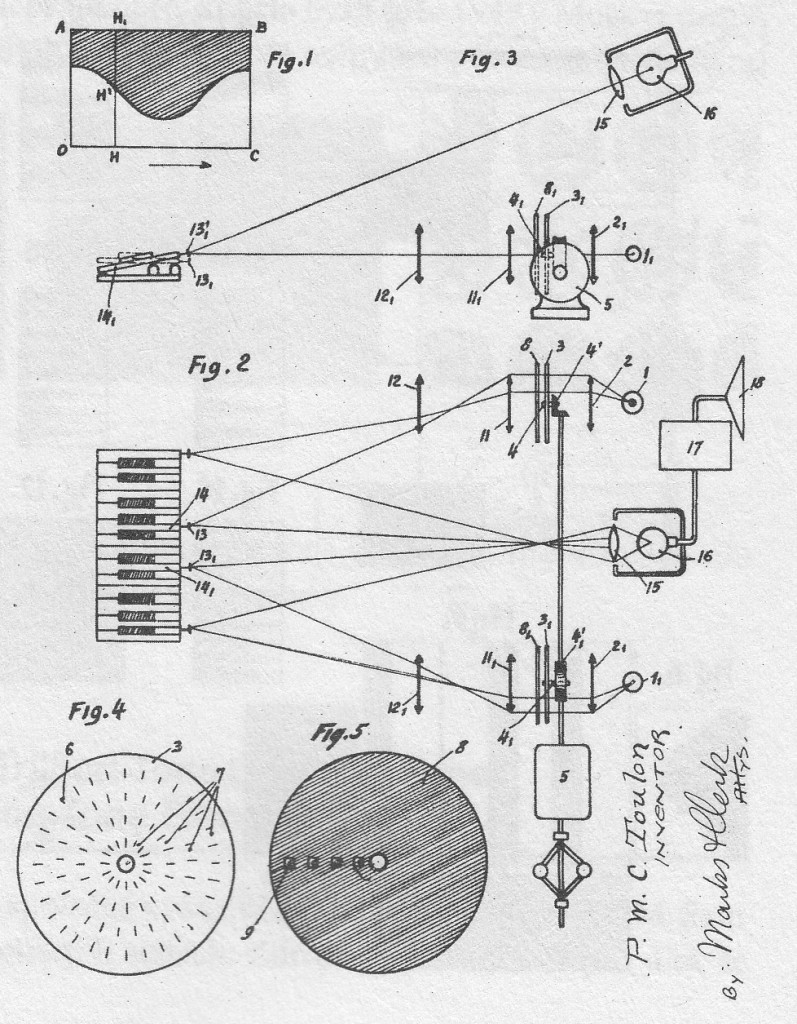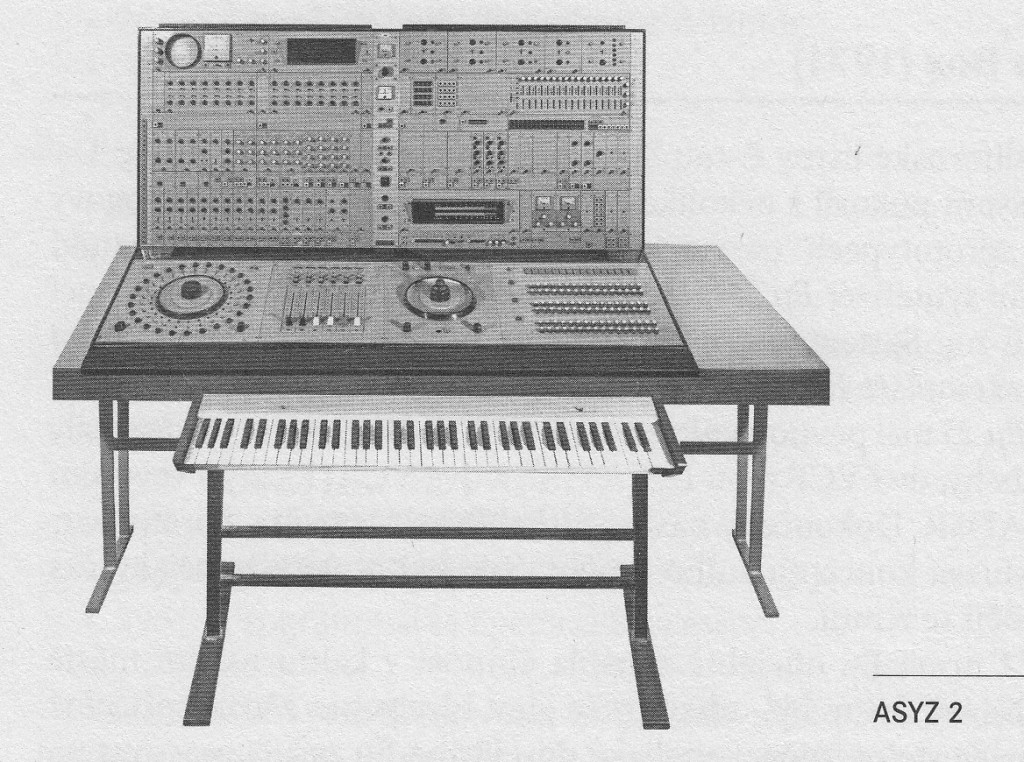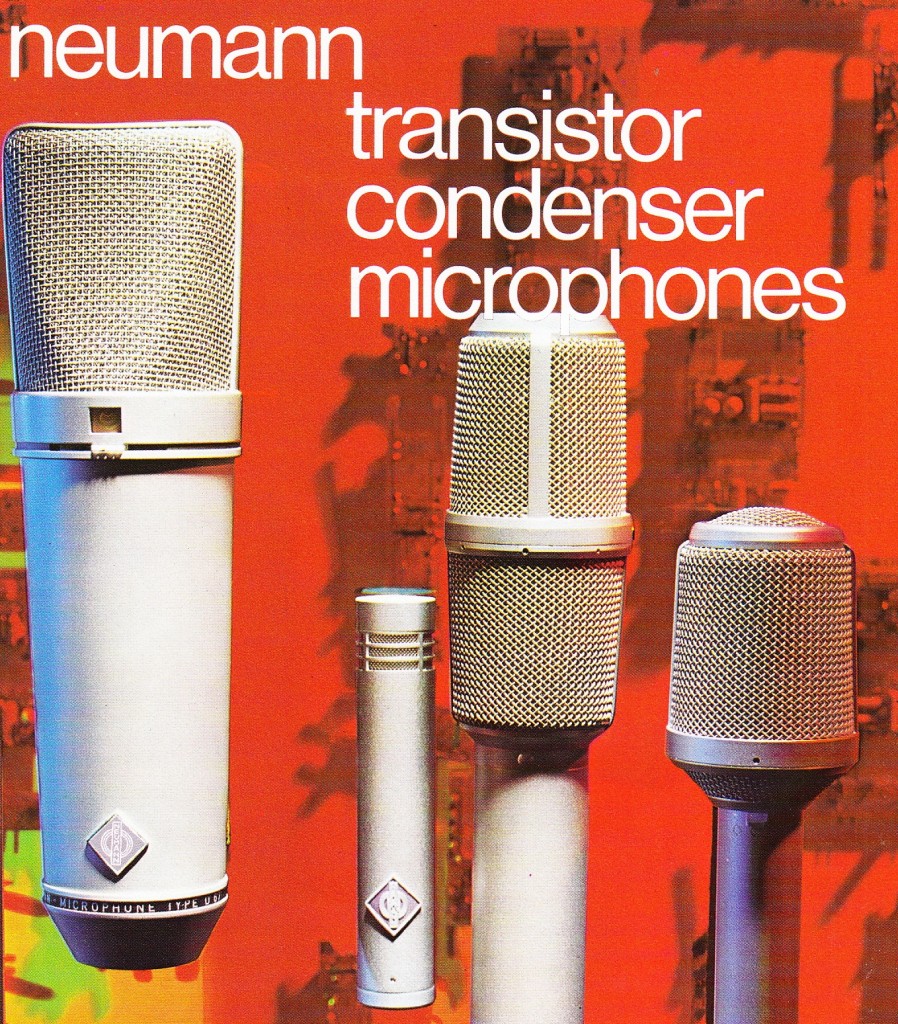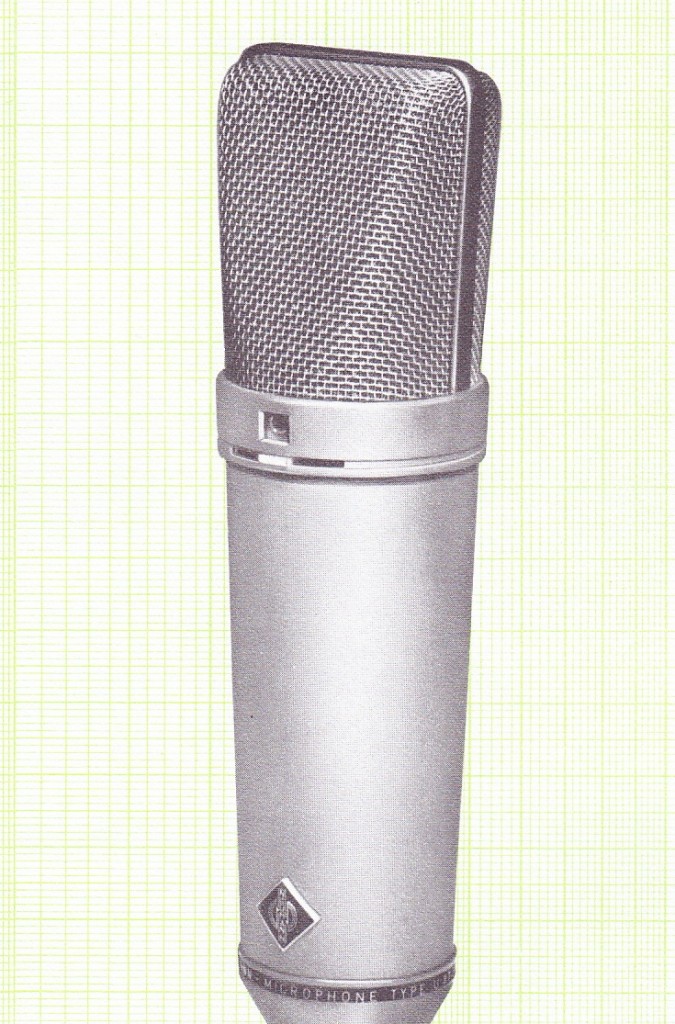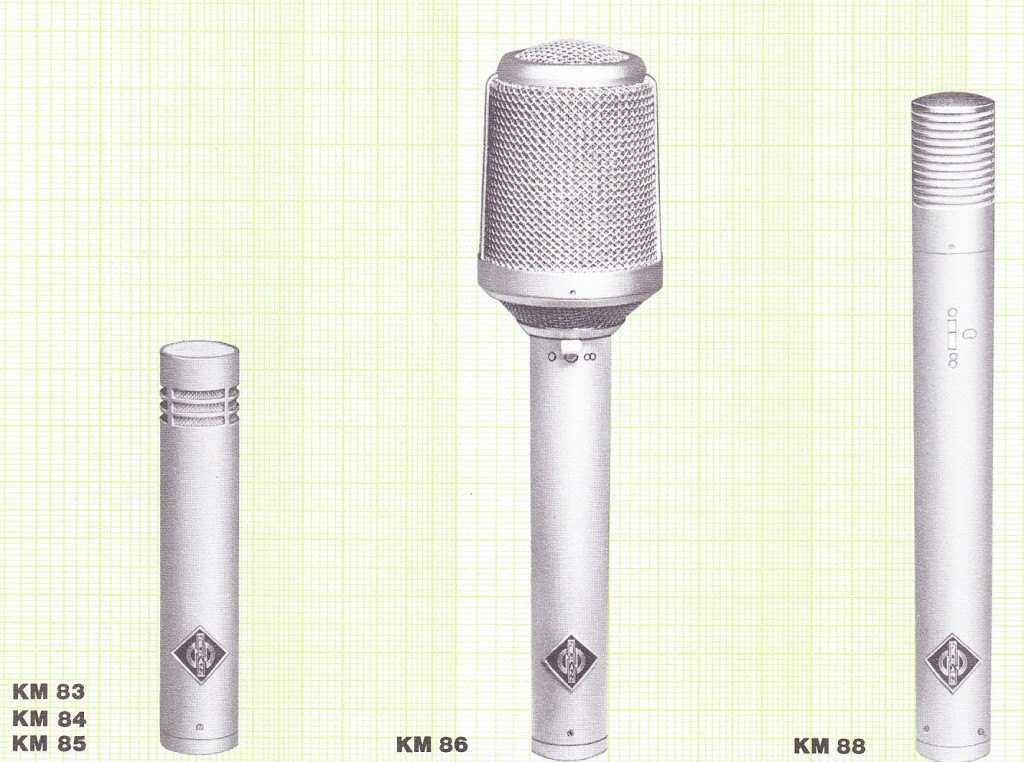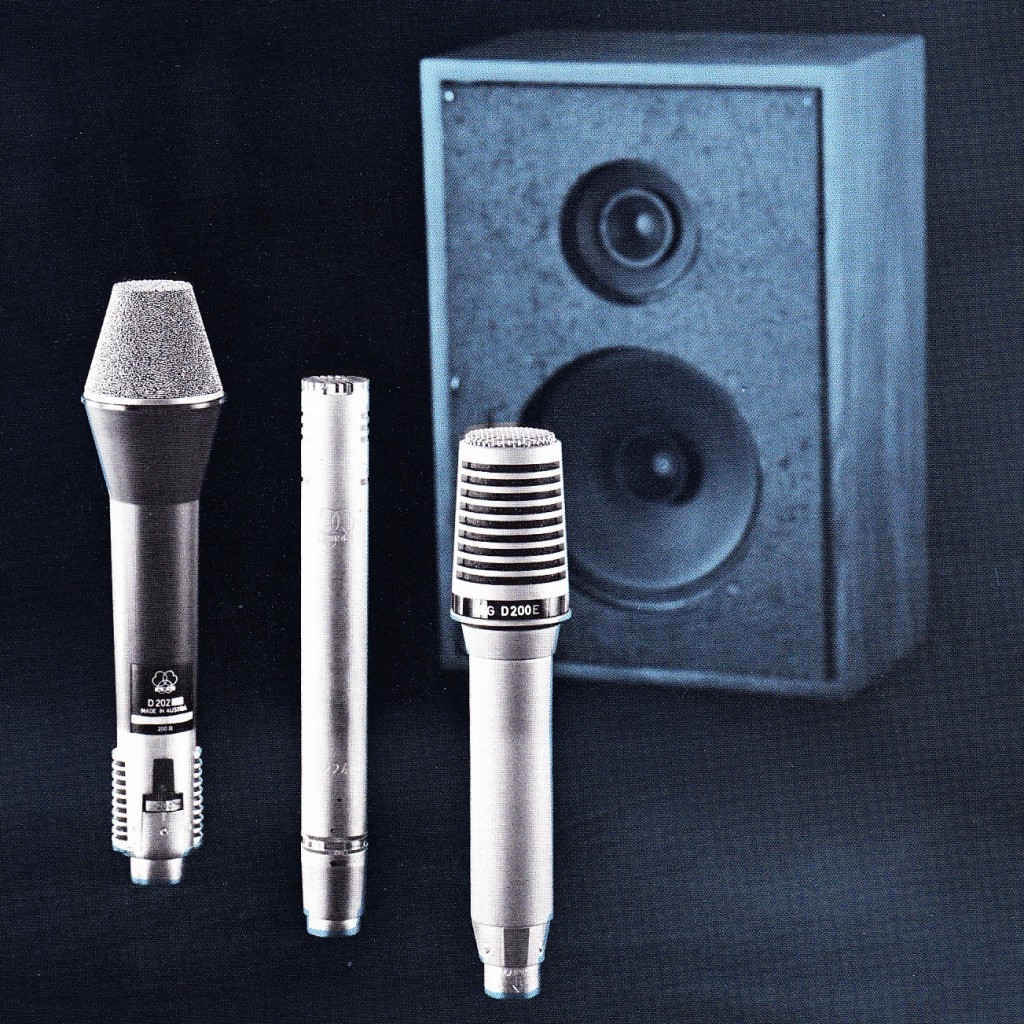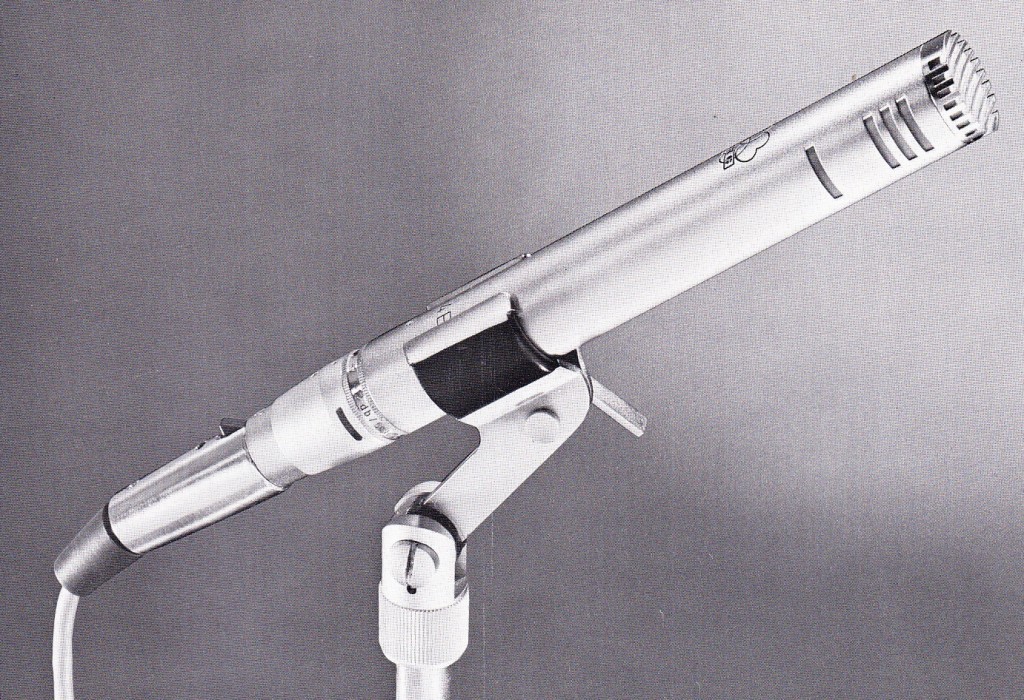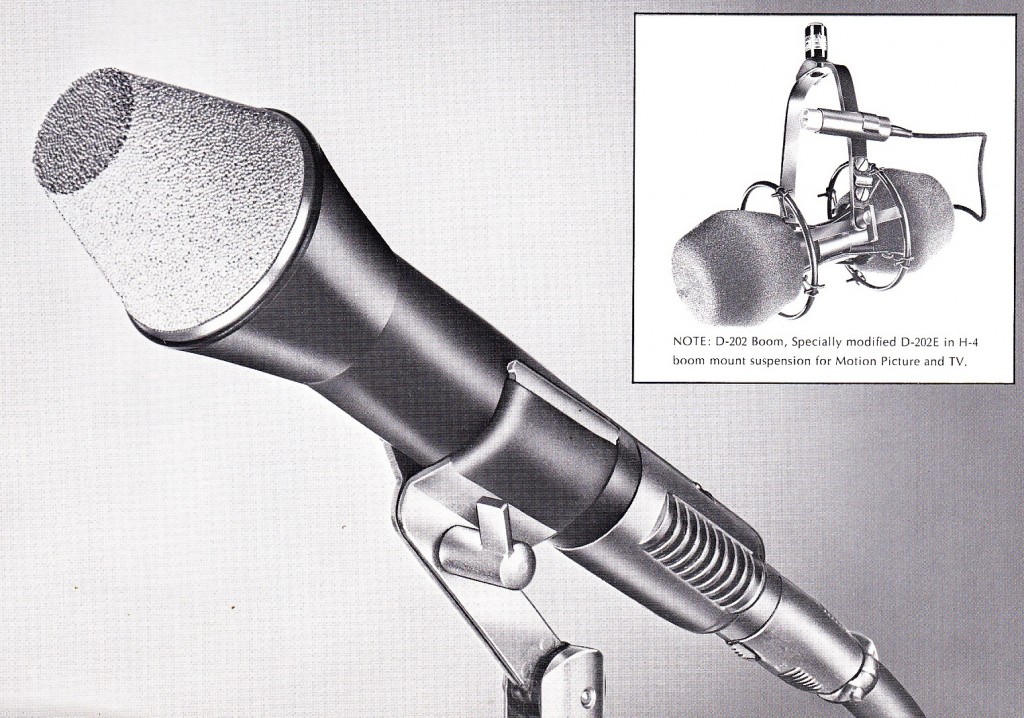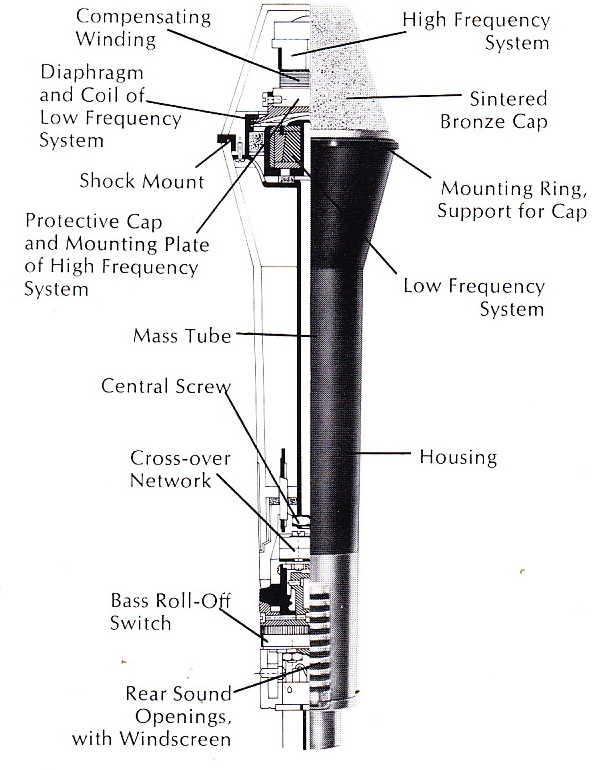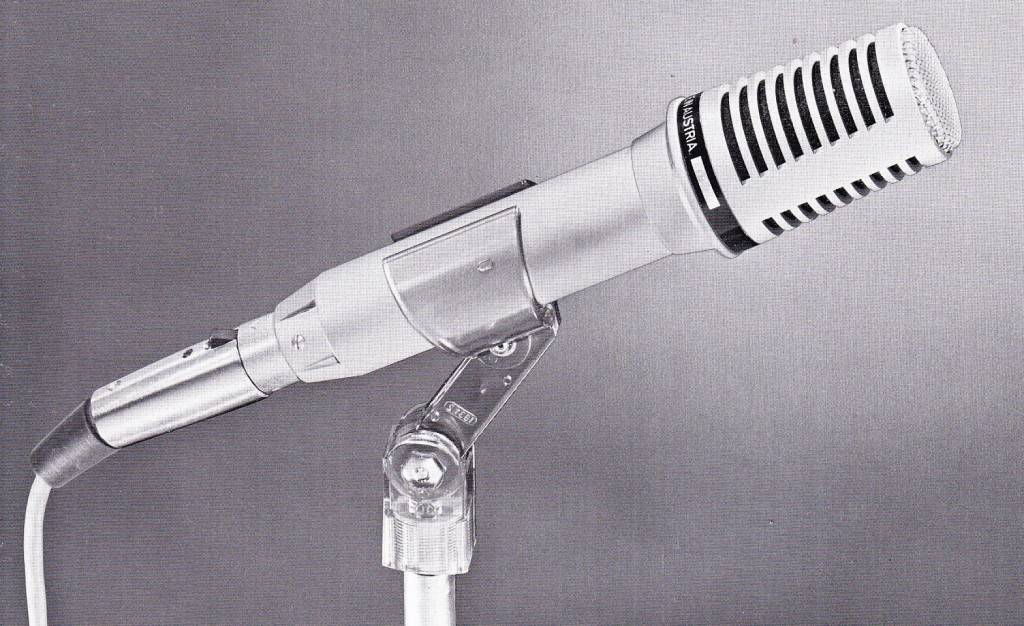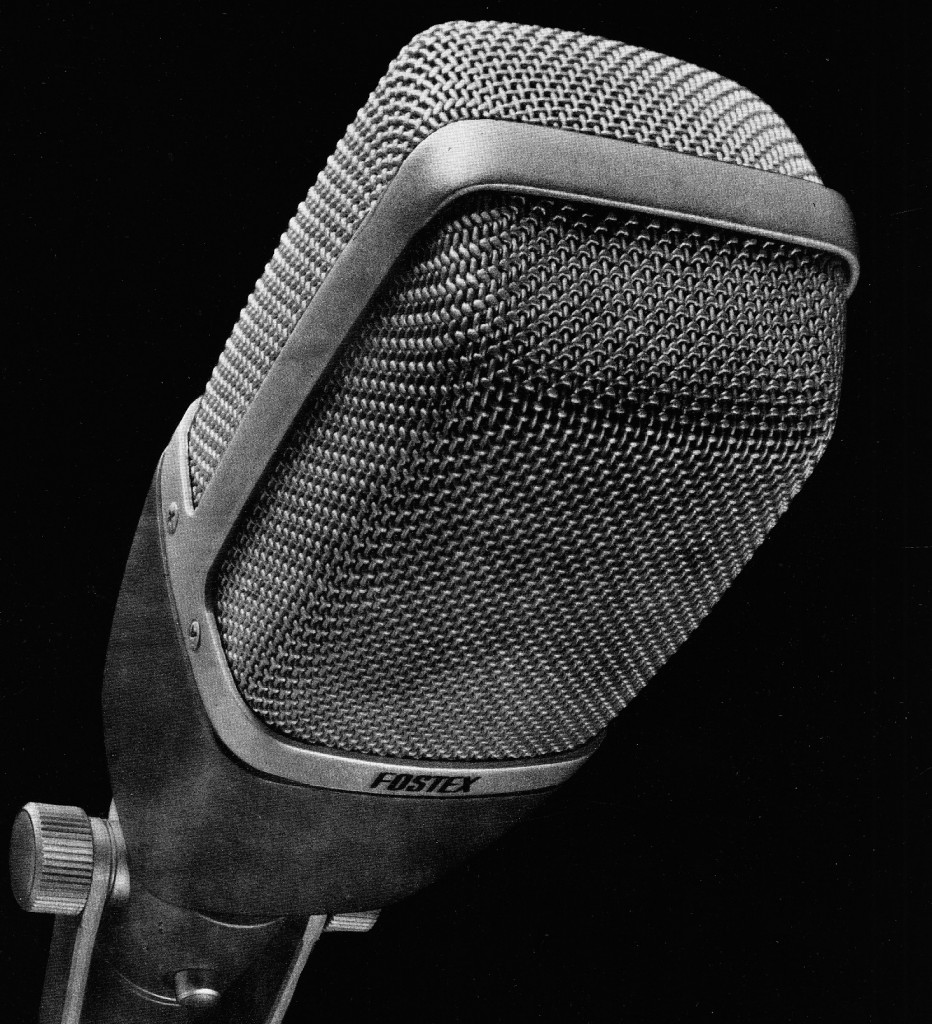 Download the 4pp 1980 catalog for the original Fostex “Regular Phase” microphone line:
Download the 4pp 1980 catalog for the original Fostex “Regular Phase” microphone line:
DOWNLOAD: fostex_mics_1980
Models covered, with text, specs, and photos, include: Fostex M85RP, M88RP, M80RP, M77RP, and M55RP.
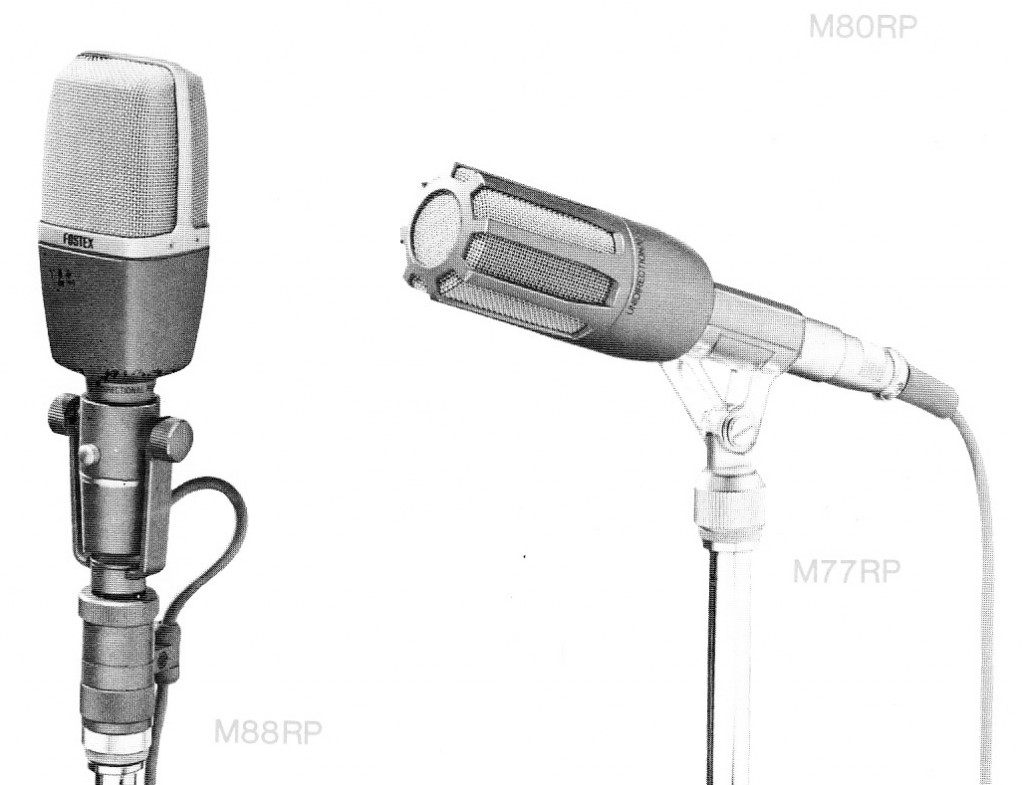 These mics, like the Fostex RP headphones, use a unique method of transduction that combines elements of dynamic, ribbon, and condenser-mic design. I’m not 100% sure why they are termed ‘regular phase,’ but I suspect that it might be because the design works without any driver suspension. You may not have realized before, but consider a generic woofer, and the acordian folds in the suspension: at any moment of driver excursion, portions of the suspension will necessarily be moving out-of-phase with the cone. This is a significant cause of transducer distortion. By eliminating the suspension, that particular distortion factor is eliminated. Here’s a cutaway of the Fostex design:
These mics, like the Fostex RP headphones, use a unique method of transduction that combines elements of dynamic, ribbon, and condenser-mic design. I’m not 100% sure why they are termed ‘regular phase,’ but I suspect that it might be because the design works without any driver suspension. You may not have realized before, but consider a generic woofer, and the acordian folds in the suspension: at any moment of driver excursion, portions of the suspension will necessarily be moving out-of-phase with the cone. This is a significant cause of transducer distortion. By eliminating the suspension, that particular distortion factor is eliminated. Here’s a cutaway of the Fostex design:
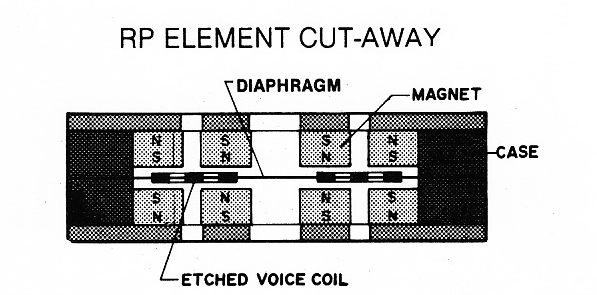
I’ve seen a few of these things on eBay from time to time, generally from ex-US sellers, and I’ve never seen one in the flesh, so I imagine that they are pretty rare in the US. The catalog that I’ve scanned above was actually printed in Canada, so I can’t even say for sure if these were sold in the US. I am super-curious, though, as I have always really loved the Fostex RP headphone line (I own a pair of T50, a pair of T40, and several pairs of T20s), and I’ve also had good luck with the classic Fostex full-range Banana Cone hi-fi drivers, so these mics seem like something I might dig. Anyone?
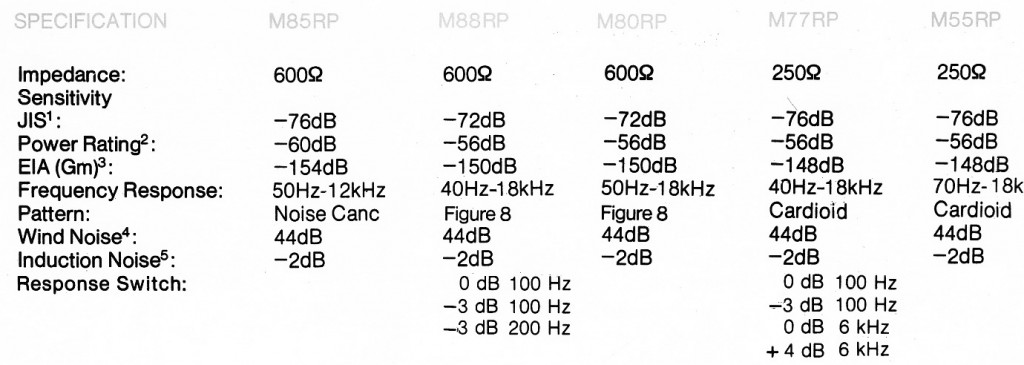
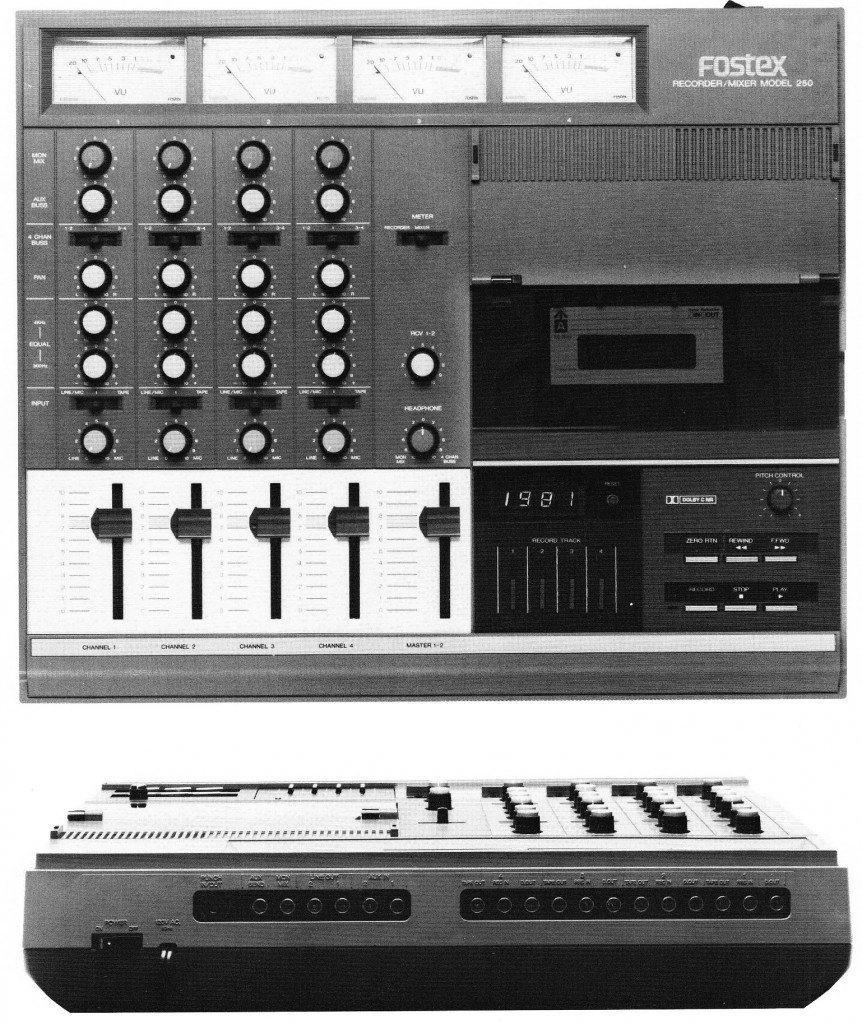 Download the complete 12pp Fostex “Creative Sound Systems” 1981 (???) catalog:
Download the complete 12pp Fostex “Creative Sound Systems” 1981 (???) catalog: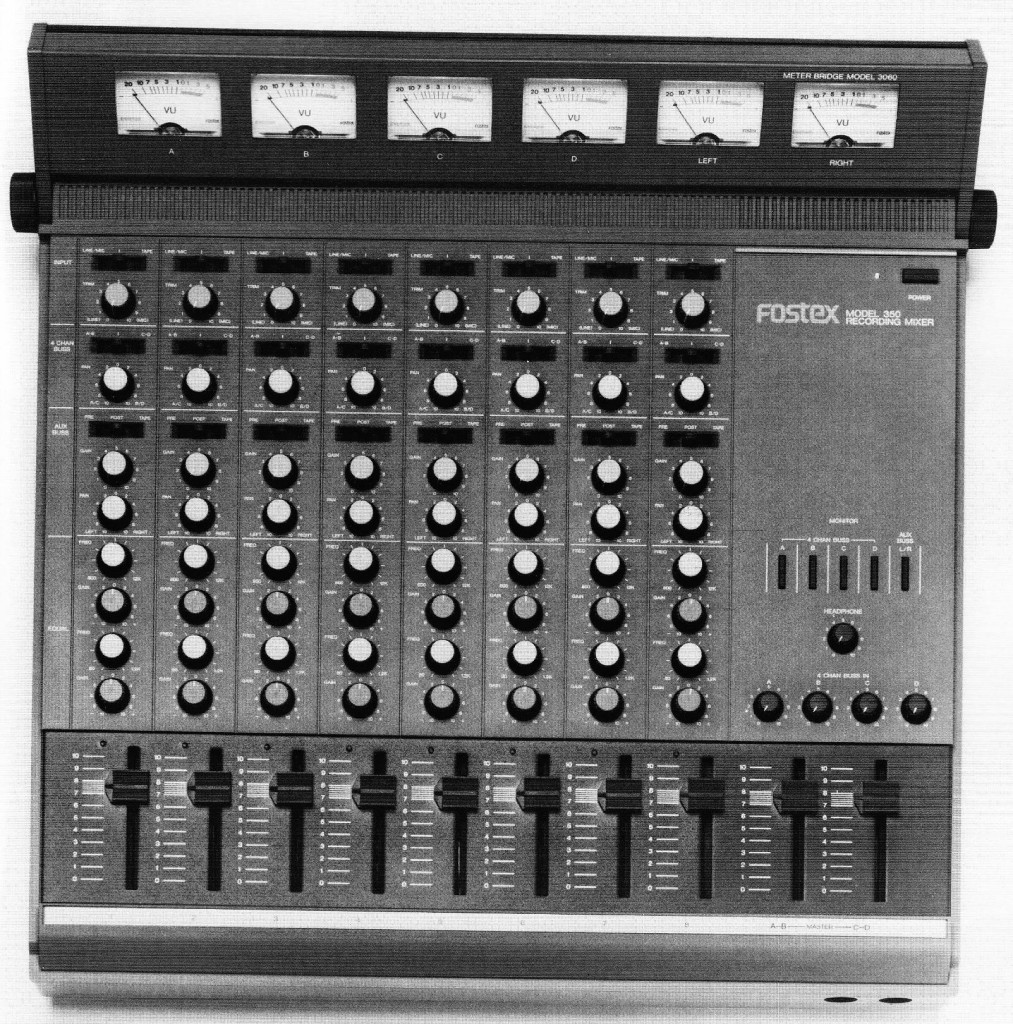 Interesting feature on the 350 – and something that’s not at all obvious from the top surface – it has 2 stereo RIAA phono preamps which are patchable on the rear of the unit, presumably to whichever inputs or external gear you like.
Interesting feature on the 350 – and something that’s not at all obvious from the top surface – it has 2 stereo RIAA phono preamps which are patchable on the rear of the unit, presumably to whichever inputs or external gear you like.